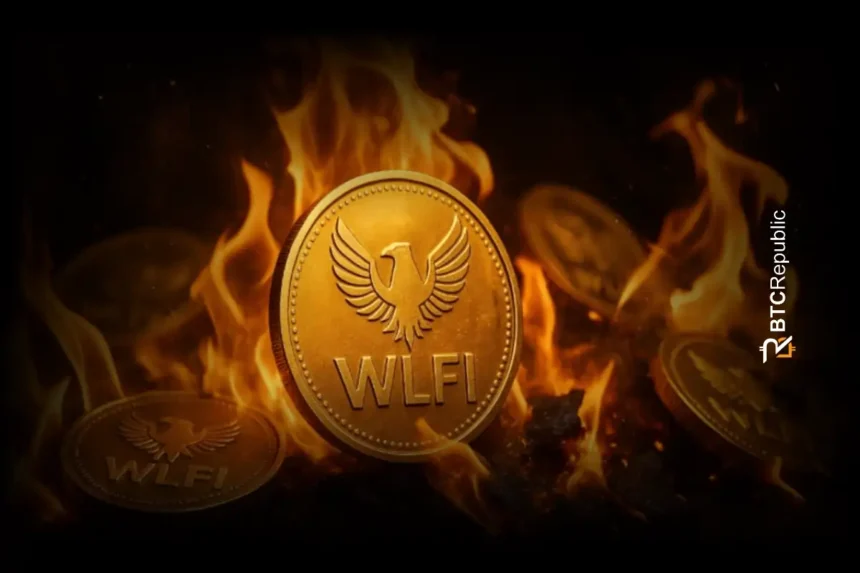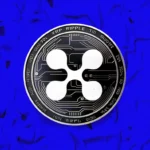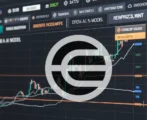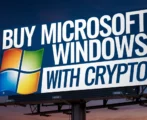World Liberty Financial (WLFI), a decentralized finance (DeFi) project with public ties to the Trump family, is holding a governance vote on a new tokenomics proposal.
The plan involves establishing a buyback-and-burn program for its native token to reduce its circulating supply.
The proposal suggests using 100% of the fees generated from the project’s protocol-owned liquidity to purchase its tokens from the open market.
Trump-Linked DeFi Project WLFI Votes on Token Buyback-and-Burn Program
A major shift could be coming to World Liberty Financial’s economic model as community members overwhelmingly back a proposal to permanently destroy protocol revenues.
Instead of storing fees generated from its liquidity positions, the plan would channel those funds into market buys of WLFI, with every purchased token sent directly to a burn address.
That mechanism would remove coins from circulation in real time, tightening supply while concentrating value among the remaining holders. Advocates of the measure argue that it better aligns protocol growth with tokenholder interests, ensuring that activity in WLFI’s treasury translates into measurable benefits on-chain.
The idea has gained almost unanimous support. Governance data shows more than 99% of participants voting “yes,” with only a handful registering opposition or abstaining. With one week left, the outcome looks all but locked in.
What makes the proposal distinctive is its scope. Revenues flowing through the treasury’s liquidity pools would be redirected automatically into WLFI buybacks, though contributions from independent liquidity providers would be untouched. Supporters also note the system could later be expanded to cover other revenue sources, creating a wider burn pipeline as the protocol grows.
WLFI has already experimented with community-driven mechanisms, such as approving token trading and exploring buyback models tied to revenue.
Positioned as a DeFi project designed to bridge blockchain markets with a stable, treasury-style reserve, it has received public nods from figures within the Trump family — an unusual twist that has boosted its visibility well beyond typical crypto circles.
If passed, the measure would place WLFI among a small but growing set of protocols experimenting with permanent burns as a tool for reinforcing token scarcity. For many supporters, this represents not only a technical adjustment but also a symbolic commitment to long-term value creation for the WLFI ecosystem.
How the Buyback Program Works
The process is designed to be continuous and transparent, with all burn transactions recorded on-chain for the community to verify. Fees collected from WLFI’s treasury-owned liquidity positions on networks like Ethereum, BNB Chain , and Solana would be systematically used to repurchase WLFI tokens.
This mechanism makes sure that fees from community or third-party liquidity providers are not affected.
According to the official proposal obtained by BTCRepublic, the primary goal is to directly reduce the token supply and better align the protocol with its long-term holders by removing tokens from participants not committed to the project’s growth.
The buyback-and-burn model creates a direct link between platform activity and the WLFI token price, as more usage generates more fees, resulting in more tokens being burned.
The strategy reflects a broader trend in the DeFi market where protocols use cash flows for supply reduction rather than purely for emissions. Various protocols like Hyperliquid , pump.fun, and Raydium have spent nearly $400 million on cumulative buybacks since mid-June.
The WLFI governance vote currently has overwhelming support, with over 99% of participants in favor, and is scheduled to end on Sept. 18.










